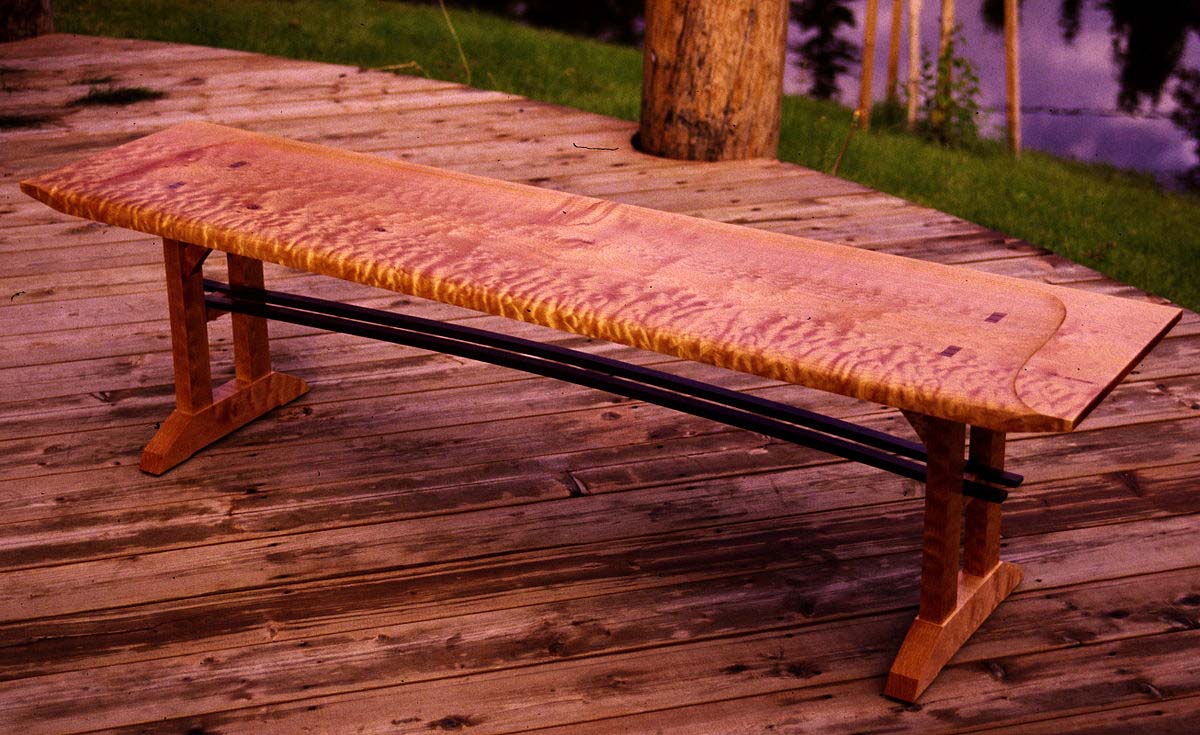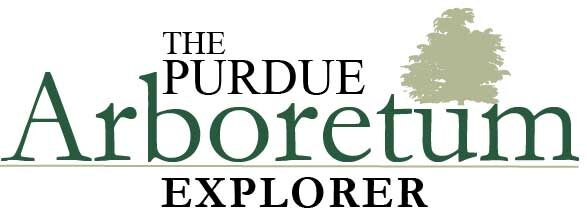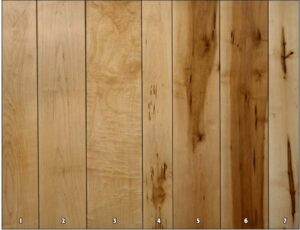Acer saccharum
Summary
Hard or sugar maple (Acer saccharum Marsh) is one of our hardest, smoothest, most beautiful and valuable wood species. Its hardness and ability to take a high polish and smooth finish and the white color of the sapwood has resulted in many specialty uses. The tree species is also appreciated for the rich and delicious syrup and candy that is made from the sap in the early spring. However, due to color issues, white maple is probably one of the most difficult types of lumber that can be produced.
Boards 1 and 2 are characteristics of flat sawn, white stock. Board 2 shows several light brown pith flecks near the top of the board. Board 3 shows some curly pattern. Maple can be curly or fiddleback, have a bird’s-eye pattern or occasionally be quilted. Heavy figure is very desirable but just slight figure can be a problem in some stock items as it distracts from maples typical uniform pattern. Board 4 shows excess dark mineral streaks. Boards 5 and 6 show numerous defects and the dark reddish brown heartwood. Board 7 is cut from the center of the log or quarter sawn. The pith is in the center of the dark streak.
History
The species can develop into a large forest tree, and it is long-lived. The largest sugar maple reported is about 7¼ feet in diameter at 4½ feet above the ground.
Color & Texture
The wood will show small but numerous ray flecks on a perfectly quartered surface. Maple is a wide-ranging species, and as a result, the intensity of “whiteness” of the sapwood can vary. Processing techniques can also affect the “whiteness.” Northern regions are often thought to produce the whitest wood while southern locations tend to produce more yellowish or cream colored wood. The sapwood is subject to oxidation stain or graying during warm summer months. Furthermore, the wood will darken or sometimes become pinkish during kiln drying. Special low temperature kiln schedules have been developed for “white maple.” The heartwood is a light to sometimes darker brown with some red color. The heartwood is usually stained a dark color or painted. The wood shows a narrow stripe across the width of the piece which appear like the stripes on a tiger. The more stripes per foot of length the higher the value.
Anatomical and Microscopy
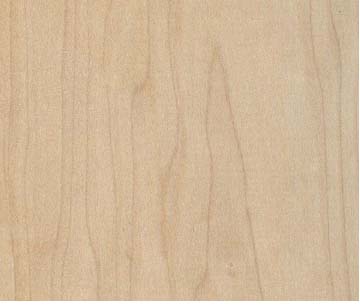
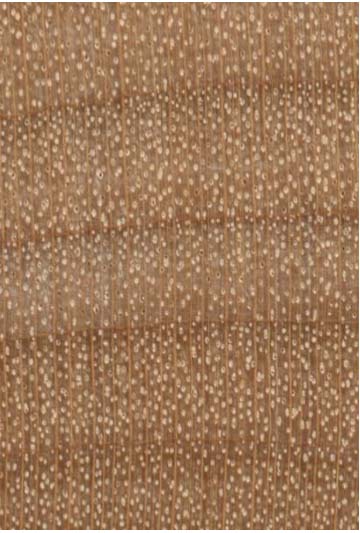
diffuse-porous; Arrangement: medium pores that are uniformly spaced, moderately numerous to numerous; Vessels: solitary and radial multiples of 2-3; heartwood deposits sometimes present; Rays: both narrow and wide rays, spacing normal; Parenchyma: margina
Wood Properties
- Workability
- Hard maple is rated about intermediate for planning and turning, and as one of the best woods for shaping and
boring. Because of its hardness, the wood was not preferred by most early cabinet makers using hand tools. With
today’s equipment, machining is not an issue. - Strength
- The wood is also one of the strongest, comparable to the oaks.
- Steam Bending
- Relatively poor choice for steam bending
- Drying
- Special schedules, many of them proprietary, are used to keep the wood as white as possible.
- Shrinkage
- Relatively high shrinkage
- Decay
- Not resistant to decay
Products
Common uses include high-end cabinets, furniture, architectural millwork, paneling, and face veneer. Because of its hardness and uniform grain characteristics, it is commonly used for industrial, gym, and residential flooring, as well as the front part of bowling alleys where the ball typically drops. It is also commonly used for athletic equipment such as bowling pins, billiard cues, croquet mallets, and balls. It is also used in piano frames, and tiger or curly stock is often preferred for the back of violins and some gun stocks. Other common uses include woodenware and novelties, shutters, spools, spindles, bobbins, turned items, butcher blocks, skewers, dowels, and even toothpicks.
